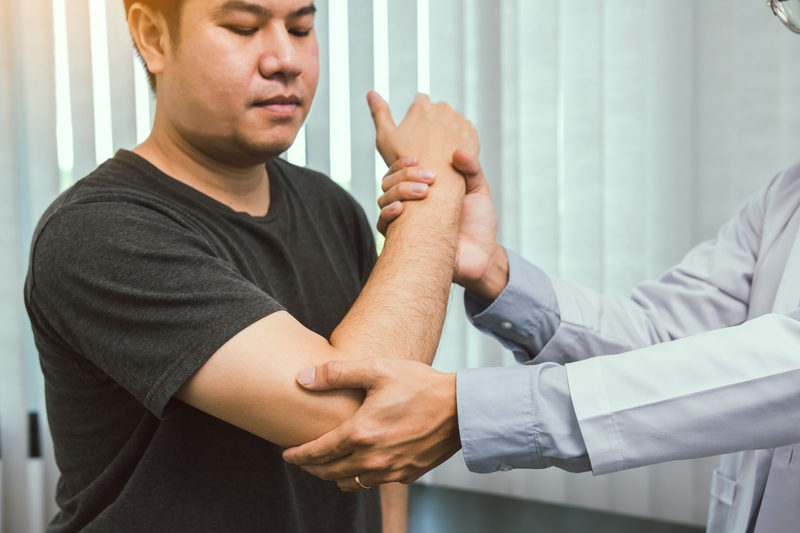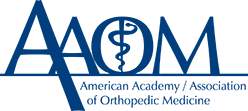How does it work?
Your blood consists of red blood cells, white blood cells, platelets and plasma which help to nourish and maintain your body. A platelets’ role is to stop bleeding but they also release growth factors and proteins that promote tissue repair to injured areas. Plasma is mostly composed of water, but also contains several proteins that reduce pain and inflammation. Plasma carries the hormones, electrolytes and nutrients required to nourish cells during the healing process.
Over the last decade, there has been robust research demonstrating success in relieving pain and improving function in people with arthritis. Many high school, collegiate, and professional athletes, such as Tiger Woods, Rafael Nadal and Hines Ward, have undergone treatments to expedite their return to competition and potentially avoid surgery for certain injuries. In addition, PRP has shown to be a cutting edge option with great success for early to moderate arthritis.
Some conditions may require only one treatment while others may respond better after a series. Dr. Hammonds makes it a priority to continuously investigate the latest research yielding best outcomes. To date, best responses of these treatments are when they are administered by a musculoskeletal trained physician, under imaging guidance and using a high quality PRP kit.
Conditions Treated?
- Joint Pain from Arthritis (shoulder, knee, hip, hands)
- Meniscal Tears (non-displaced)
- Tendinopathy (tennis elbow, achilles, rotator cuff tears)
- Ligaments Injuries and Sprains (ankle, wrist, AC joint)
- Acute Sports Related Muscle Tears
- Nerve Entrapments (carpal tunnel, cubital tunnel, tarsal tunnel, etc.)
What Should I Expect?
At your initial visit, Dr. Hammonds will perform a thorough history and physical examination in order to establish an accurate and complete diagnosis. During this time, we will review your medical history, previous records, imaging studies (MRI, Xray, CT scan), medications, nutritional status and physical activities or sports. Using all of the above information, Dr. Hammonds will discuss appropriate treatment options and answer any questions you may have.
Once you have been determined to be a good candidate for this intervention, you will receive a pre-procedure plan that includes medications/supplements to hold as well as how to prepare for your procedure. PRP is processed from your own blood. The quality of the PRP is influenced by the foods you eat, the medications you take and activities you do just prior to the procedure. Before your treatment, you may be asked to stop certain medications like aspirin and ibuprofen or aleve that interfere with your platelet function. You may need to eat certain foods or avoid certain foods as well.
PRP involves removing a small amount of your blood and spinning it down with a special centrifuge to concentrate the growth factors. Once the PRP is prepared, the area is cleaned and the PRP will be placed under direct ultrasound guidance to ensure proper placement and to avoid surrounding nerves and vessels. Taking these precautions allows us to perform these procedures safely, comfortably and with precision. After your treatment, you will receive specific instructions on what to do to minimize discomfort and maximize a positive outcome. In addition, you will receive a follow up plan and a return to activities/ physical therapy referral or plan depending on your condition that was treated.
PRP therapy is a revolutionary breakthrough in the treatment of difficult orthopedic conditions. If you are in pain, make the first step for an investment in your future. Click here to schedule an appointment to see if you are a good candidate for PRP.





